Successful brands understand their customers. E-commerce businesses need to create a retail branding strategy in order to remain strategic and provide company value. To help you brainstorm ideas for including retail branding in your overall marketing strategy, learn what strategies are involved.
What is Retail branding?
The retail industry has been affected by the digital revolution, which has changed branding and marketing. Businesses must adapt to this complex market as more people shop online and invest in e-commerce.
Retail branding is different from product branding. It's a strategy that is based on a brand idea but then transferred to the retail sector.
Branding is not about selling specific brands but marketing the entire retailer. A department store might offer a range of services and brands that are well-known, but customers can also purchase them elsewhere.
What can retail branding do to make a difference in the choice of where consumers shop for these products?
This article will discuss the benefits and drawbacks of retail branding, as well as show you some examples.
Benefits of retail branding
It doesn't matter how big the retailer is; a retail branding strategy can still be effective. It is essential to understand the benefits and best practices of retail marketing in order to focus your company's strategies.
- Your brand is at the forefront of global trends. Our world, especially in this age of social media, is more affected by external parties than what is happening in our own backyard. New trends are inevitable as the digital landscape opens up to new voices. Retailers must be aware of retail business models within and outside their industry to remain ahead of the curve. Retail branding can be achieved if your team is proactive in establishing brand positioning.
- Your brand will understand decision paths: Understanding your target audience's journey is a fundamental step in retail branding. It is not easy to identify the key points of this journey for your brand. This is a complex process that requires many factors, depending on the product and business mission.
- Personalization is key to your brand's success. There are many options, especially for retail brands. It is crucial that you show how your company is better than the rest. Retailers and successful brands must create an experience that is different from the rest, whether it's through unique social media designs or by experimenting with high-tech technology. Businesses can retain their customers' attention by providing a strong personalization.
Direct communication, transparency, personalization and proactivity are key components of a sustainable retail branding strategy.
The Key Challenges in Retail Branding
Retail branding is a key factor in many businesses' success today, but it does have its challenges.
- Your brand must be able to meet both online and offline expectations. Online shoppers have different expectations than those who shop in-store. Online shoppers are more likely to want as much information as possible about clothes because they cannot touch, feel, or even try them on. Retailers must be strategic in their online and in-store branding strategies to counter this trend. To combat this problem, it is necessary to conduct a thorough evaluation of all your services.
- Personalization is key to your brand's success. While it is a benefit to have a customized approach to retail branding, it can prove difficult for retailers and businesses trying to enter the market. Retail experience is key to the success of a retail brand strategy. Your business should think carefully about what service you provide and how it stands apart. When possible, be creative and innovative.
- Your brand needs to be tech-savvy: Customers are searching for easy brand experiences online. Consumers expect this because they rely on the internet for many tasks. If your business is not able to adapt its services to the online environment, it could be lost in the shuffle.
Retail branding strategies that are sustainable should be able to meet any challenge by being proactive and thinking in the best interests of their customers.
Examples of retail branding
These are just a few examples of retail branding at work:
Bombas, an internet retailer, has done a great job linking its mission to sales.
The retailer donates one item for every product sold. They not only provide a high-quality product but also have a purpose that directly impacts the communities around the world. This is a great retail branding strategy.
Over 50 million items were donated due to their mission and product. The buyers are making a difference in their communities and for themselves.
Trader Joe's offers a unique in-person experience that is unmatched by other grocery stores. They also offer access to foods and cultures from outside the US.
The fun and friendly atmosphere are enhanced by the unique decor and names of private label products.
Businesses looking to expand their retail branding efforts should review the best-known strategies of retailers while looking into advertising.
Find Retail Branding Strategies to Help Your Company
You might not have an e-commerce or retailer arm. That's okay.
We will be discussing the importance of retail branding. However, it is important to remember that strategies in the retail space can also be applied to other sectors.
Businesses of all sizes must adapt to the rapid changes occurring in the world of consumer engagement. To meet consumers' expectations and avoid brand dilution, companies should be prepared to take on the path of continuous improvement and adaptability.







.webp)


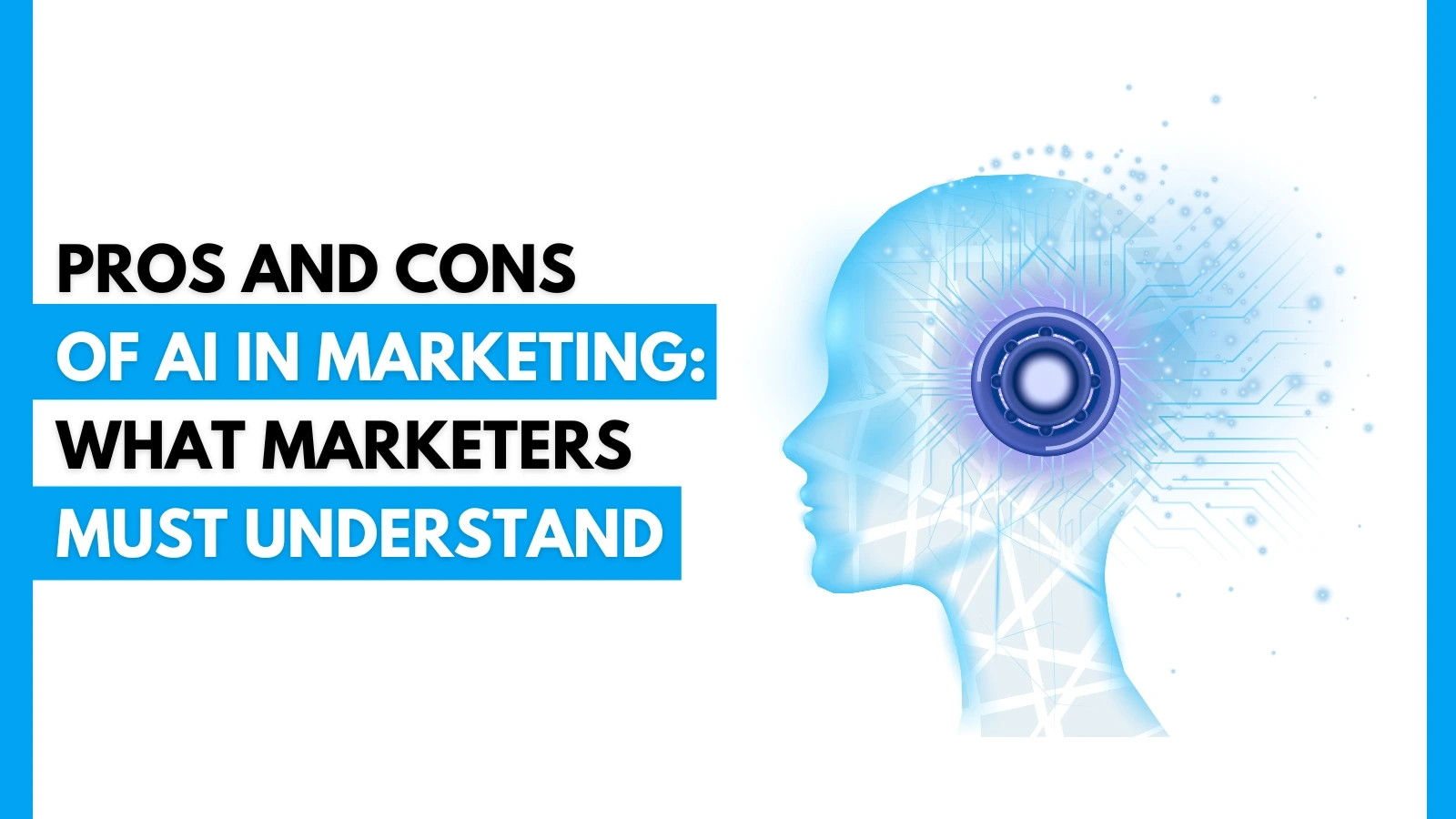

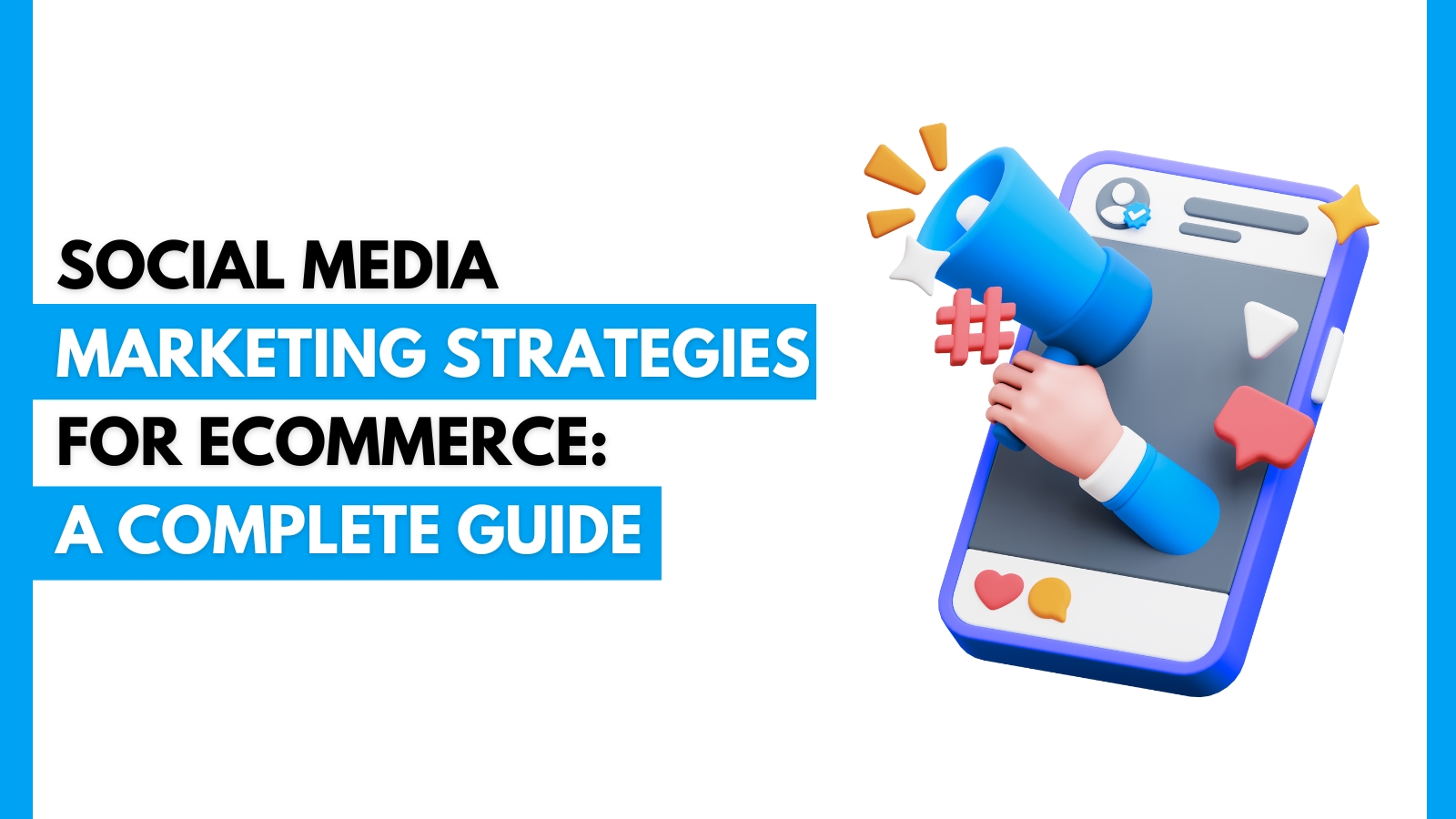


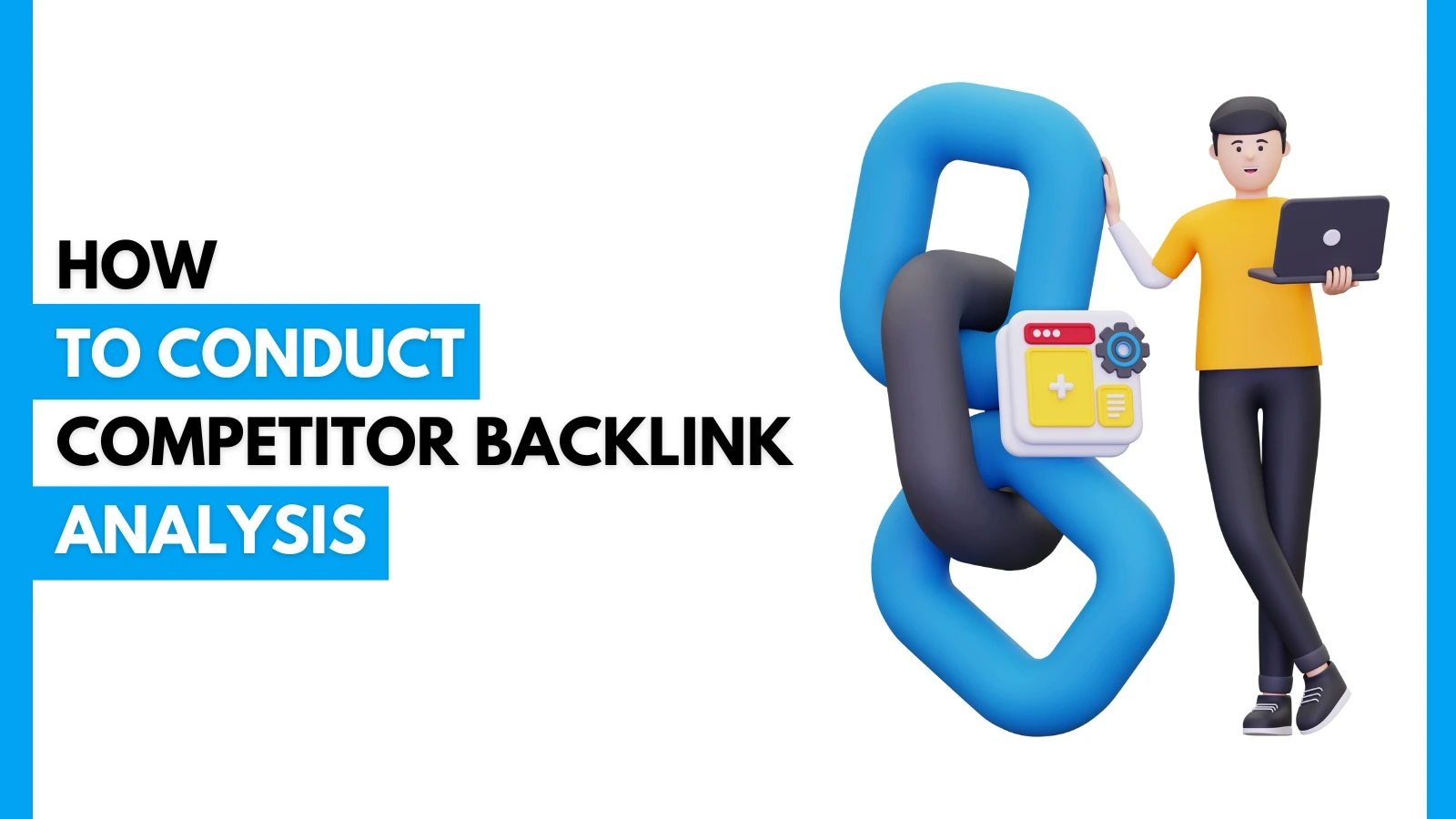



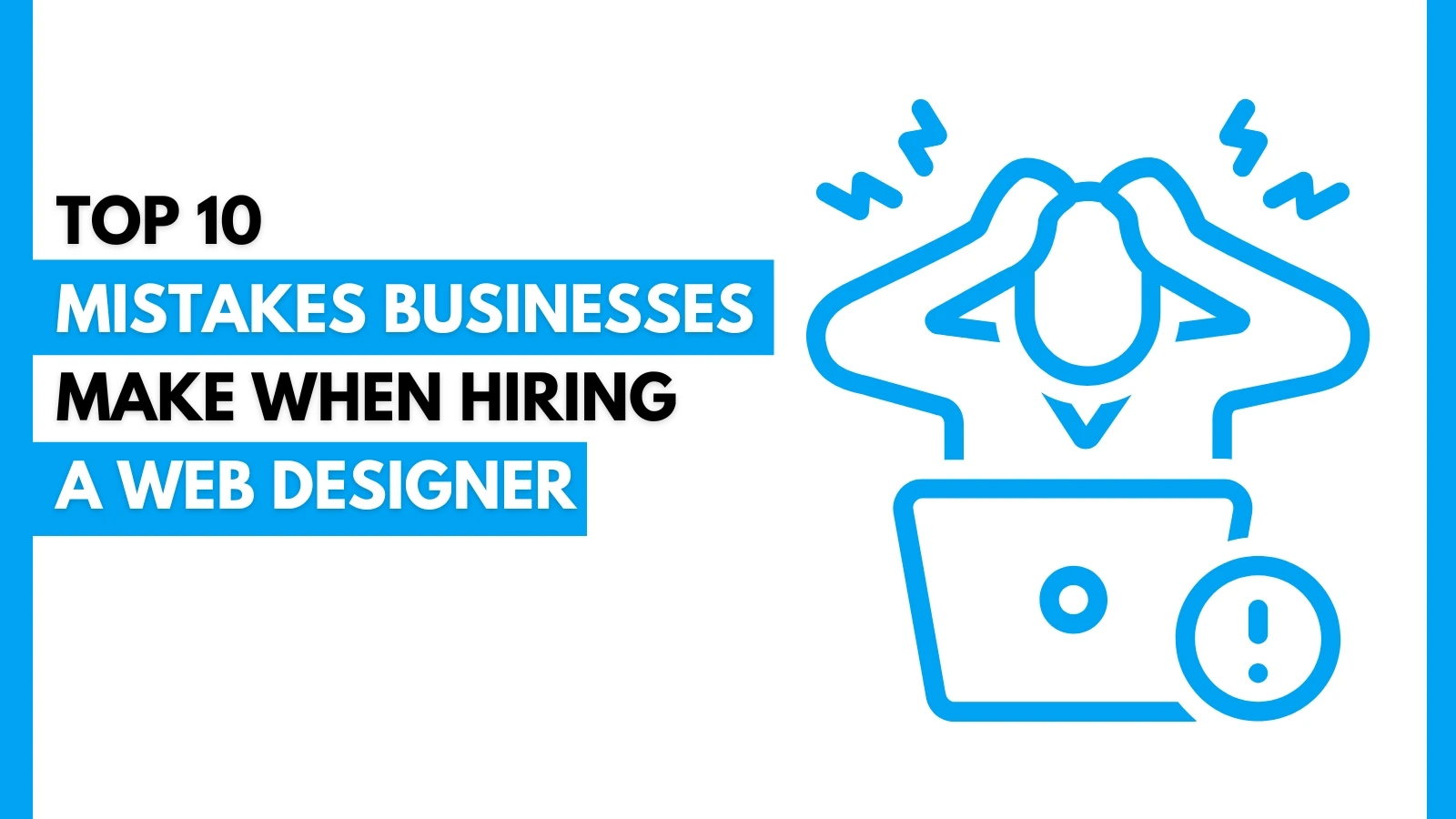
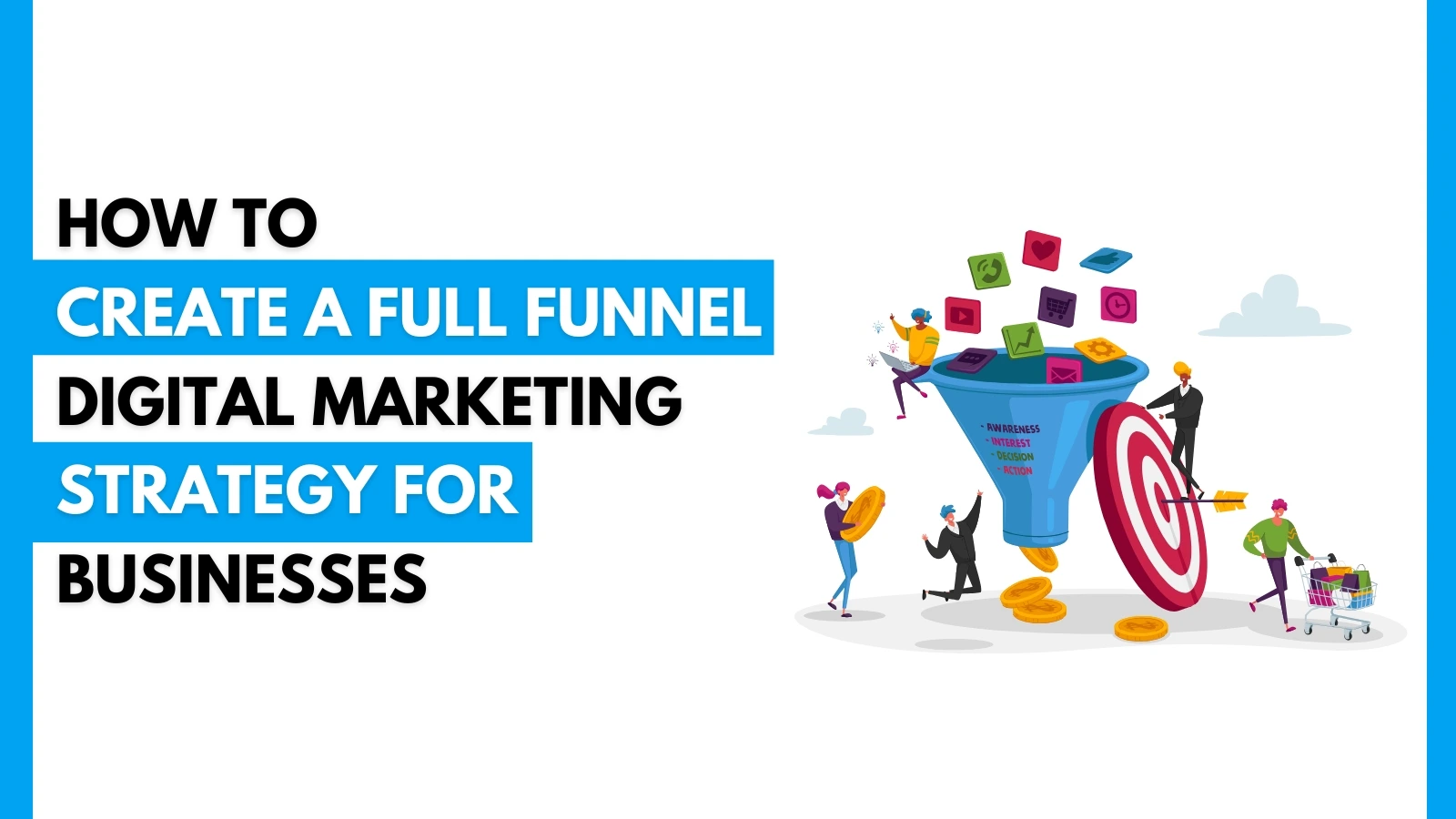

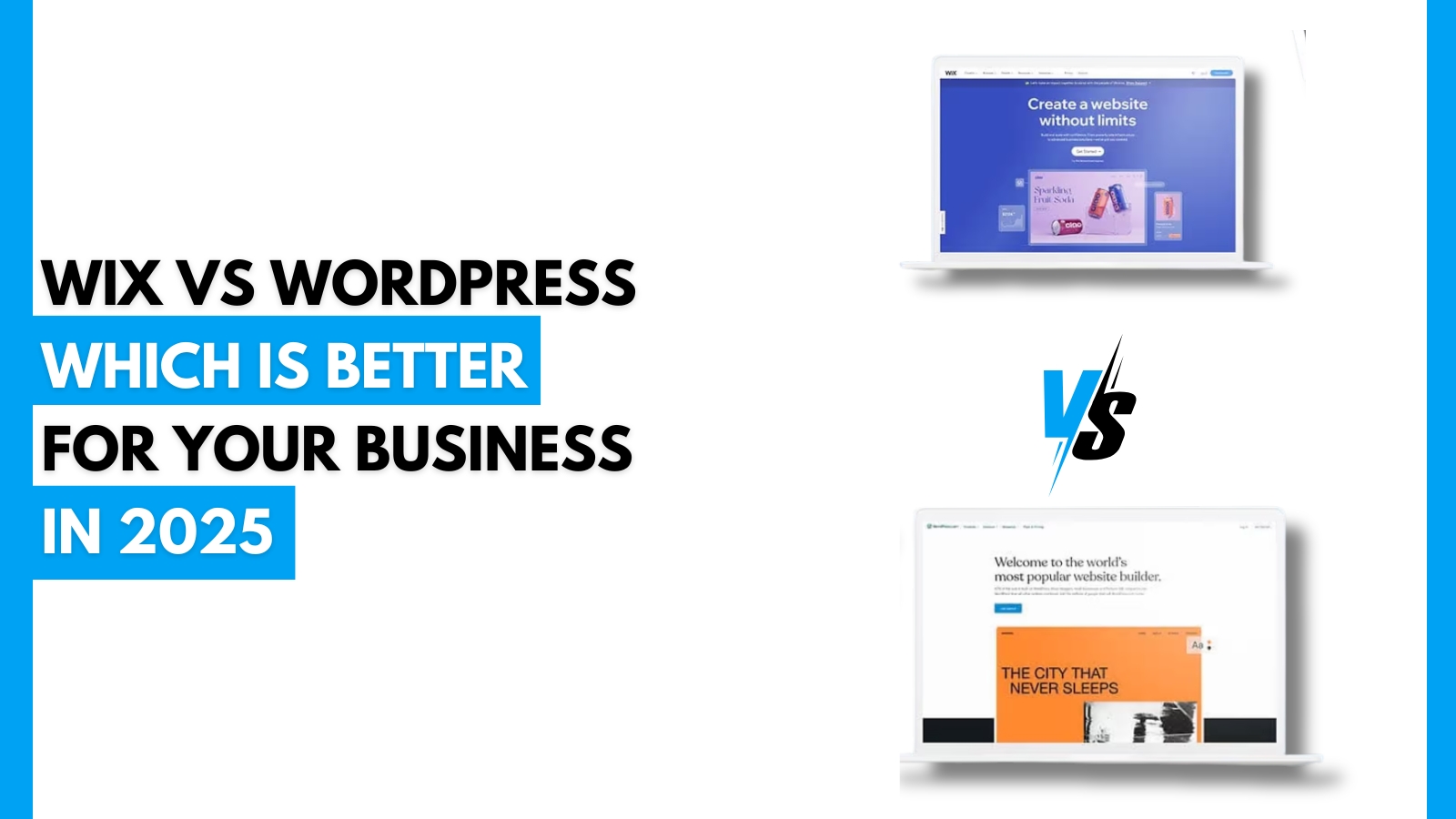




.webp)






















 A Complete Guide.webp)











































.jpg)










 Efficiently.jpg)
.jpg)
























.jpg)
.jpg)
























.jpg)


















.jpg)
.jpg)




























.webp)





.jpg)


















 Campaign.jpg)




.jpg)

.jpg)

.png)



.jpg)



.jpg)
.jpg)
.jpg)



.jpg)








.png)
.jpg)




.jpg)

.jpg)
.jpg)


.jpg)


.jpg)



.jpg)





















.jpg)














.png)




















.jpg)






.png)

.png)



.png)

.png)
.png)



.png)
.png)
.png)
.png)
.png)

.png)
.png)
.png)
.png)
.png)
.png)
.png)
.png)
.png)
.png)
.png)

.png)
.png)
.png)
.png)
.png)
.png)
.png)
.png)
.png)



.png)
.png)
.png)

.png)
.png)
.png)
.png)
.png)
.png)
.png)
.png)
.png)
.png)
.png)
.png)
.png)
.png)
.png)
.png)
.png)
.png)
.png)
.png)
.png)
.png)
.png)
.png)
.png)
.png)
.png)
.png)
.png)
.png)
.png)


.png)
.png)

.png)
.png)
.png)
.png)
.png)
.png)
.png)
.png)
.png)
.png)
.png)
.png)
.png)
.png)
.png)
.png)
.png)
.png)
.png)
.png)

.png)
.png)
.png)

.png)
.png)
.png)
 (1).png)
.png)
.png)
.png)
.png)
.png)
.png)
.png)
.png)

.png)

.png)
.png)
.png)
.png)
.png)
.png)
.png)

.png)
.png)
.png)
.png)
.png)
.png)
.png)
.png)
.png)
.png)
.png)
.png)
.png)
.png)
.png)
.png)


.png)
.png)
.png)
.png)
.png)
.png)
.png)

.png)
.png)
.png)
.png)
.png)
.png)
.png)
.png)
.png)

.png)
.png)

.png)
.png)
.png)

.png)
.png)
.png)

.png)
.png)
.png)
.png)
.png)
.png)
.png)
.png)
.png)
.png)
.png)
.png)
.png)
.png)
.png)
.png)
.png)
.png)
.png)